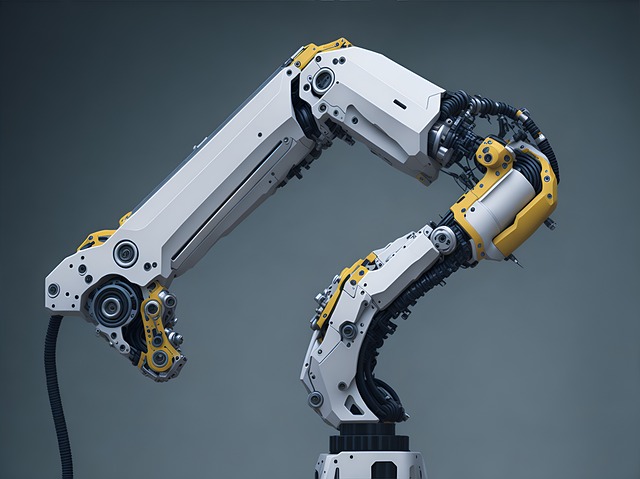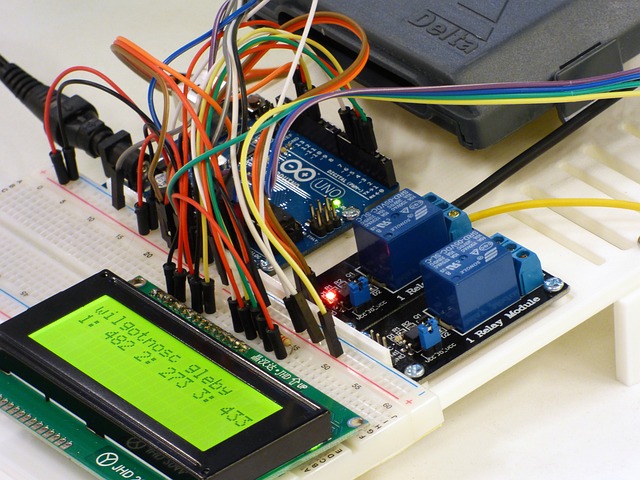In-depth analysis of the humanoid robot industry chain, we found that it involves the integration of multiple fields such as autonomous driving, visual navigation, and sensor technology. In terms of the mechanical industry chain, humanoid robots mainly rely on a series of core components, like the heart of a car, including servo motors, reducers, control systems, and drivers, etc., while combining machine vision technology, like a person's eyes, to jointly promote the development of robots.

According to cost analysis, the servo system, controller, reducer and body manufacturing account for 24%, 12%, 35% and 23% of the cost of industrial robots respectively. Among them, the total cost of upstream core components exceeds 70%, which is like the bones and muscles of the human body, providing strong support for the entire industrial chain.
With the acceleration of automation trend, this industry chain has shown great growth potential, just like bamboo shoots in spring, breaking through the ground and full of vitality. In particular, the upstream core parts industry will benefit directly, just like flowers nourished by nectar, becoming more brilliant.
The most effective way to increase the freedom of humanoid robots is to install more motors on them. Under current technical conditions, servo motors and stepper motors are the main products of control motors, and servo motors have more advantages in performance, just like a good horse and a good colt, which are hard to tell apart.
The servo motor adopts a closed-loop control method, which is adjusted through real-time closed-loop signal feedback to achieve more precise control. Overall, the servo motor is superior to the stepper motor in many aspects such as control accuracy, low-frequency characteristics, overload capacity and speed response, and is more suitable for industrial automation, robotics and other fields.

The increase in servo motors naturally requires the addition of related equipment such as reducers, controllers, sensors, mechanical systems, control systems, perception systems, drive systems, human-machine interaction systems, and environmental interaction systems. The introduction of these devices requires a large amount of capital investment. Referring to the manufacturing cost structure of industrial robots, reducers, servo motors, controllers, and the robot body account for 85% of the total cost expenditure, just like the internal organs of the human body, none of which can be missing.

The number of joints in humanoid robots is 5-8 times that of industrial robots, just like human limbs, which are more flexible. The cost of servo motors will therefore be higher, just like the bright light in a pearl, which is more eye-catching.
Our company's main business is servo cables, sensor cables, robot drag chain cables and other products, all of which are professional counterparts developed for the humanoid robot industry segment. Looking to the future, I believe that with the increasing popularity of humanoid robots, each part will require cables to connect. From this perspective, the rise of robots will bring a brighter future to the industrial cable industry.
Just like the spring breeze blowing flowers, the revolutionary wave will also sweep the cable industry. The development of humanoid robots will bring endless possibilities to industrial cables, just like blooming flowers add a touch of bright color to spring. In this era full of opportunities and challenges, our company will continue to focus on the research and development and production of high-quality industrial cable products to welcome the arrival of the robot era.